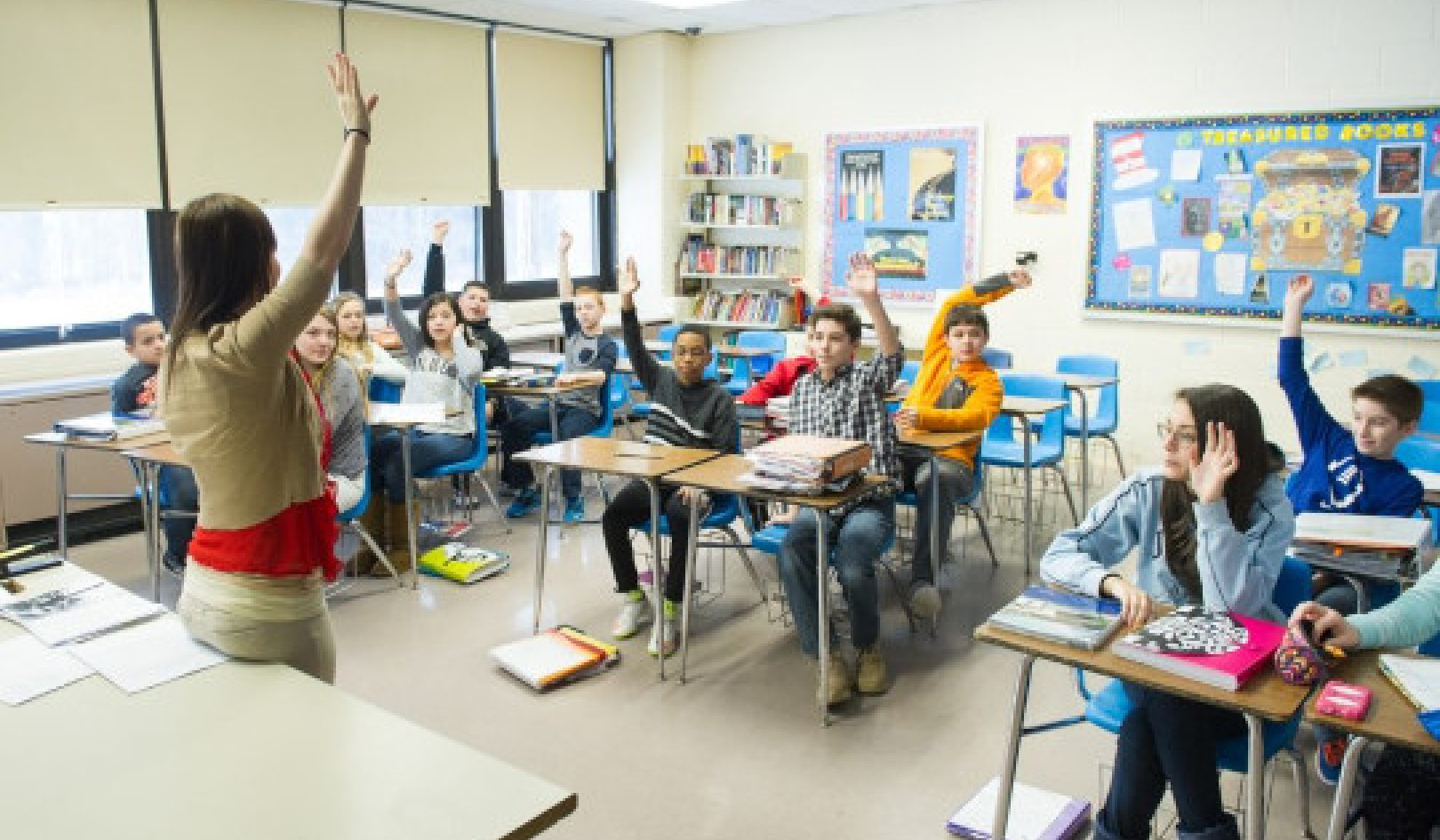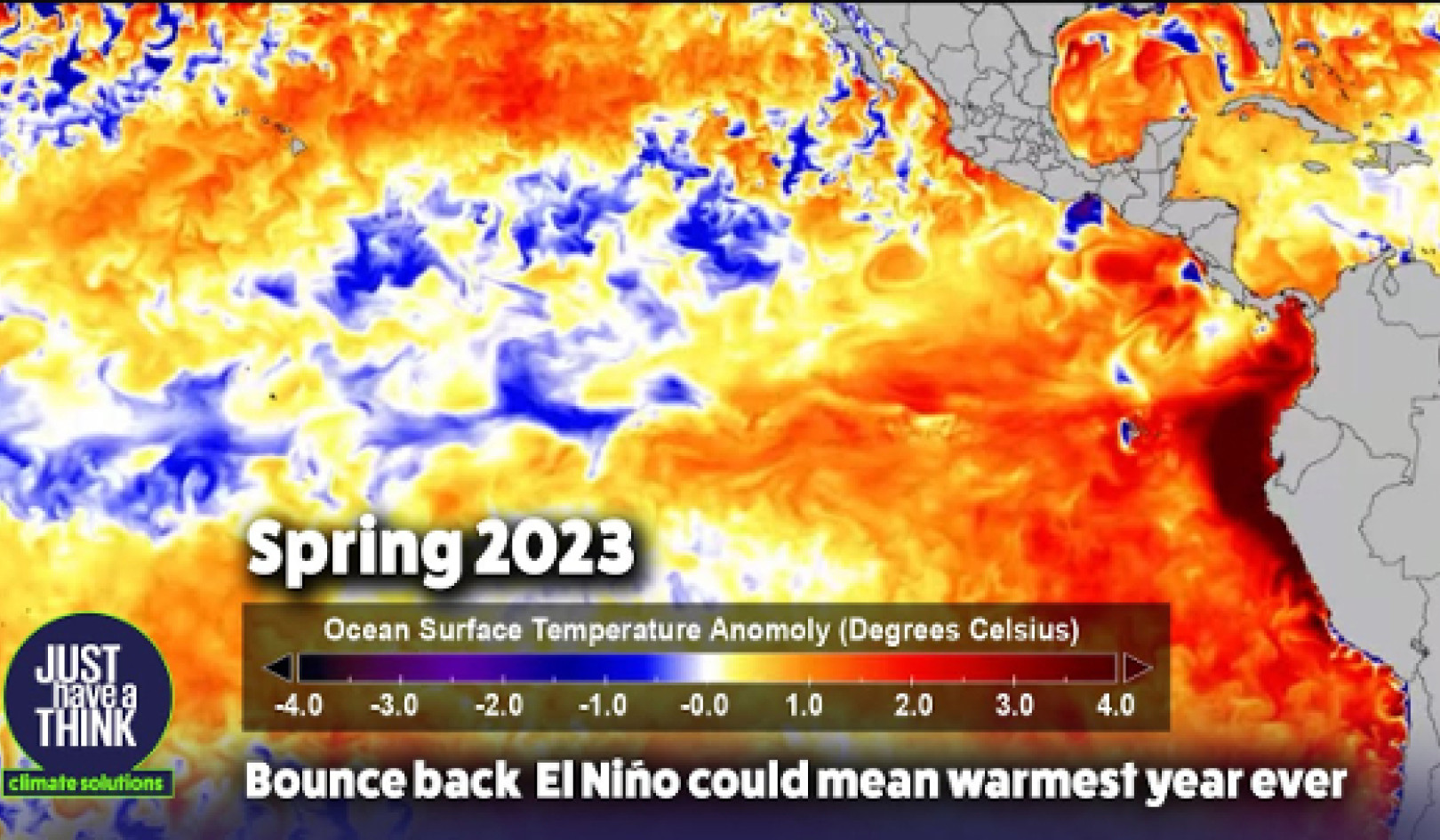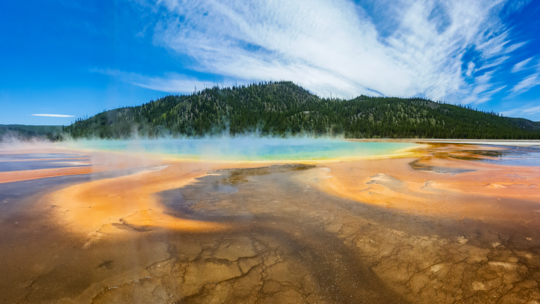 Joey Kyber/Pixels, CC BY-SA
Joey Kyber/Pixels, CC BY-SA
Biomining is the kind of technique promised by science fiction: a vast tank filled with microorganisms that leach metal from ore, old mobile phones and hard drives.
It sounds futuristic, but it’s currently used to produce about 5% of the world’s gold and 20% of the world’s copper. It’s also used to a lesser extent to extract nickel, zinc, cobalt and rare earth elements. But perhaps it’s most exciting potential is extracting rare earth elements, which are crucial in everything from mobile phones to renewable energy technology.
The Mary Kathleen mine, an exhausted uranium mine in northwest Queensland, contains an estimated A$4 billion in rare earth elements. Biomining offers a cost-effective and environmentally friendly option for getting it out.
Biomining is so versatile that it can be used on other planetary bodies. Bioleaching studies on the international space station have shown microorganisms from extreme environments on Earth can leach a large variety of important minerals and metals from rocks when exposed to the cold, heat, radiation and vacuum of space.
Some scientists even believe we cannot colonise other planets without the help of biomining technologies.
How does it work?
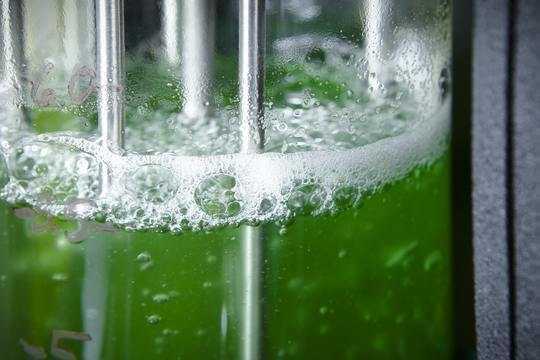 Microorgaisms in tanks leach the minerals from any source material. Courtesy of Pacific Northwest National Laboratory.
Microorgaisms in tanks leach the minerals from any source material. Courtesy of Pacific Northwest National Laboratory.
Biomining takes place within large, closed, stirred-tank reactors (bioreactors). These devices generally contain water, microorganisms (bacteria, archaea, or fungi), ore material, and a source of energy for the microbes.
The source of energy required depends on the specific microbe necessary for the job. For example, gold and copper are biologically “leached” from sulfidic ores using microorganisms that can derive energy from inorganic sources, via the oxidation of sulfur and iron.
However, rare earth elements are bioleached from non-sulfidic ores using microorganisms that require an organic carbon source, because these ores do not contain a usable energy source. In this case, sugars are added to allow the microbes to grow.
All living organisms need metals to carry out basic enzyme reactions. Humans get their metals from the trace concentrations in their food. Microbes, however, obtain metals by dissolving them from the minerals in their environment. They do this by producing organic acids and metal-binding compounds. Scientists exploit these traits by mixing microbes in solution with ores and collecting the metal as it floats to the top.
The temperature, sugars, the rate at which the tank is stirred, acidity, carbon dioxide and oxygen levels all need to be monitored and fine-tuned to provide optimal working conditions
The benefits of biomining
Traditional mining methods require harsh chemicals, lots of energy and produce many pollutants. In contrast, biomining uses little energy and produces few microbial by-products such as organic acids and gases.
Because it’s cheap and simple, biomining can effectively exploit low grade sources of metals (such as mine tailings) that would otherwise be uneconomical using traditional methods.
Countries are increasingly turning to biomining such as Finland, Chile and Uganda. Chile has exhausted much of its copper rich ores and now utilises biomining, while Uganda has been extracting cobalt from copper mine tailings for over a decade.
Why do we need rare earth elements?
The rare earth elements include the group of 15 lanthanides near the bottom of the periodic table, plus scandium and yttrium. They are widely used in just about all electronics and are increasingly sought after by the electric vehicle and renewable energy industries.
The unique atomic properties of these elements make them useful as magnets and phosphors. They’re used as strong lightweight magnets in electric vehicles, wind turbines, hard disc drives, medical equipment and as phosphors in energy efficiency lighting and in the LEDs of mobile phones, televisions and laptops.
Despite their name, rare earth elements are not rare and some are in fact more abundant than copper, nickel and lead in the Earth’s crust. However, unlike these primary metals which form ores (a naturally occurring mineral or rock from which a useful substance can be easily extracted), rare earth elements are widely dispersed. Thus to be economically feasible they are generally mined as secondary products alongside primary metals such as iron and copper.
Over 90% of the world’s rare earth elements come from China where production monopolies, trade restrictions and illegal mining have caused prices to fluctuate dramatically over the years.
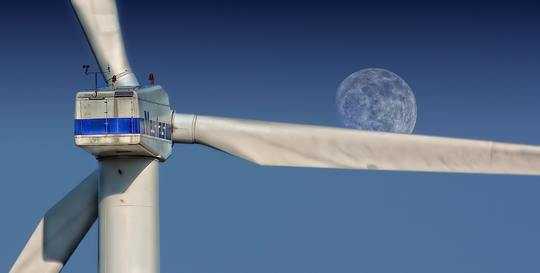 Most renewable energy technologies depend on rare earth metals. Pixabay
Most renewable energy technologies depend on rare earth metals. Pixabay
Reports from the US Department of Energy, European Union, and the US intelligence commission have labelled several rare earth elements as critical materials, based on their importance to clean energy, high supply risk, and lack of substitutes.
These reports encourage research and development into alternative mining methods such as biomining as a potential mitigation strategy.
Heeding these calls, laboratories in Curtin, and Berkeley Universities have used microorganisms to dissolve common rare-earth-element-bearing minerals. These pilot scale studies have shown promising results, with extraction rates growing closer to those of conventional mining methods.
Because most electronics have a notoriously short lifespan and poor recyclability, laboratories are experimenting with “urban” biomining. For example, bioleaching studies have seen success in extracting rare earth elements from the phosphor powder lining fluorescent globes, and the use of microorganisms to recycle rare earth elements from electronic wastes such as hard drive magnets.
The rare earth elements are critical for the future of our technology. Biomining offers a way to obtain these valuable resources in a way that is both environmentally sustainable and economically feasible.
About The Author
Marcos Voutsinos, PhD Candidate, Geomicrobiology, University of Melbourne
This article was originally published on The Conversation. Read the original article.
Related Books
Climate Adaptation Finance and Investment in California
by Jesse M. Keenan This book serves as a guide for local governments and private enterprises as they navigate the unchartered waters of investing in climate change adaptation and resilience. This book serves not only as a resource guide for identifying potential funding sources but also as a roadmap for asset management and public finance processes. It highlights practical synergies between funding mechanisms, as well as the conflicts that may arise between varying interests and strategies. While the main focus of this work is on the State of California, this book offers broader insights for how states, local governments and private enterprises can take those critical first steps in investing in society’s collective adaptation to climate change. Available On Amazon
This book serves as a guide for local governments and private enterprises as they navigate the unchartered waters of investing in climate change adaptation and resilience. This book serves not only as a resource guide for identifying potential funding sources but also as a roadmap for asset management and public finance processes. It highlights practical synergies between funding mechanisms, as well as the conflicts that may arise between varying interests and strategies. While the main focus of this work is on the State of California, this book offers broader insights for how states, local governments and private enterprises can take those critical first steps in investing in society’s collective adaptation to climate change. Available On Amazon
Nature-Based Solutions to Climate Change Adaptation in Urban Areas: Linkages between Science, Policy and Practice
by Nadja Kabisch, Horst Korn, Jutta Stadler, Aletta Bonn This open access book brings together research findings and experiences from science, policy and practice to highlight and debate the importance of nature-based solutions to climate change adaptation in urban areas. Emphasis is given to the potential of nature-based approaches to create multiple-benefits for society.
This open access book brings together research findings and experiences from science, policy and practice to highlight and debate the importance of nature-based solutions to climate change adaptation in urban areas. Emphasis is given to the potential of nature-based approaches to create multiple-benefits for society.
The expert contributions present recommendations for creating synergies between ongoing policy processes, scientific programmes and practical implementation of climate change and nature conservation measures in global urban areas. Available On Amazon
A Critical Approach to Climate Change Adaptation: Discourses, Policies and Practices
by Silja Klepp, Libertad Chavez-Rodriguez This edited volume brings together critical research on climate change adaptation discourses, policies, and practices from a multi-disciplinary perspective. Drawing on examples from countries including Colombia, Mexico, Canada, Germany, Russia, Tanzania, Indonesia, and the Pacific Islands, the chapters describe how adaptation measures are interpreted, transformed, and implemented at grassroots level and how these measures are changing or interfering with power relations, legal pluralismm and local (ecological) knowledge. As a whole, the book challenges established perspectives of climate change adaptation by taking into account issues of cultural diversity, environmental justicem and human rights, as well as feminist or intersectional approaches. This innovative approach allows for analyses of the new configurations of knowledge and power that are evolving in the name of climate change adaptation. Available On Amazon
This edited volume brings together critical research on climate change adaptation discourses, policies, and practices from a multi-disciplinary perspective. Drawing on examples from countries including Colombia, Mexico, Canada, Germany, Russia, Tanzania, Indonesia, and the Pacific Islands, the chapters describe how adaptation measures are interpreted, transformed, and implemented at grassroots level and how these measures are changing or interfering with power relations, legal pluralismm and local (ecological) knowledge. As a whole, the book challenges established perspectives of climate change adaptation by taking into account issues of cultural diversity, environmental justicem and human rights, as well as feminist or intersectional approaches. This innovative approach allows for analyses of the new configurations of knowledge and power that are evolving in the name of climate change adaptation. Available On Amazon
From The Publisher:
Purchases on Amazon go to defray the cost of bringing you InnerSelf.comelf.com, MightyNatural.com, and ClimateImpactNews.com at no cost and without advertisers that track your browsing habits. Even if you click on a link but don't buy these selected products, anything else you buy in that same visit on Amazon pays us a small commission. There is no additional cost to you, so please contribute to the effort. You can also use this link to use to Amazon at any time so you can help support our efforts.


















